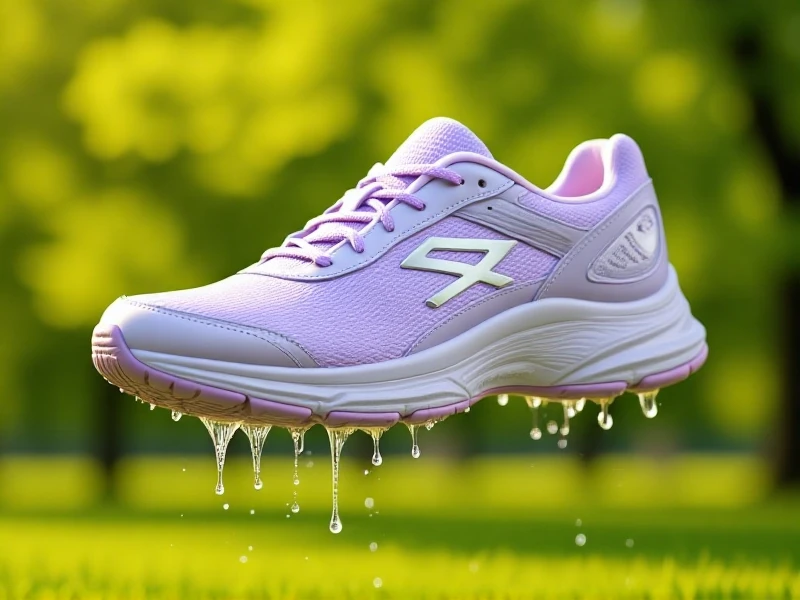
Choosing the Perfect Pair: Your Ultimate Guide to Running Shoes
Finding the right running shoes is crucial for performance, comfort, and injury prevention. Whether you're training for a marathon or jogging through the neighborhood, proper footwear transforms your running experience. Running shoes provide essential cushioning, support, and stability tailored to your gait and running style.
Prioritize Fit and Comfort A perfect fit is non-negotiable. Your running shoes should have a thumb's width of space between your longest toe and the shoe tip to prevent blisters. Test them later in the day when feet naturally expand, and wear your usual running socks. Look for secure heel grip without slippage and flexible toe-box movement. Uncomfortable pressure points lead to long-term issues—never compromise comfort for style.
Cushioning and Stability Features Modern running shoes offer varying cushioning levels. Maximalist designs absorb heavy impacts for road runners, while minimalist versions provide ground feel for trails. Stability-focused running shoes incorporate medial posts or guide rails to correct overpronation. Neutral runners should choose balanced cushioning for natural foot motion. Always consider your body weight and running terrain—lighter runners may prefer responsive foam, while heavier frames benefit from enhanced shock absorption.
Replace to Maintain Performance Running shoes lose 30-50% of cushioning after 300-500 miles. Monitor tread wear and midsole compression. If you notice leg fatigue, aching joints, or visible creasing, replace them immediately. Rotate two pairs to extend lifespan—alternating shoes lets foam decompress, maintaining responsiveness.
Specialized Designs Matter Trail running shoes feature aggressive lugs for traction on muddy paths alongside rock plates for underfoot protection. Road-focused variants prioritize lightweight construction and carbon-plated propulsion for speedwork. Race-day running shoes differ significantly from training models—reserve high-performance pairs for competitions to preserve durability. Additionally, seek breathable mesh uppers and reflective elements for safety during low-light runs.
Investing in proper running shoes prevents injuries and enhances every stride. Visit specialty stores for gait analysis or consult online sizing charts. Remember: your ideal shoe combines biomechanics awareness with personal preference. Lace up with confidence and run stronger!